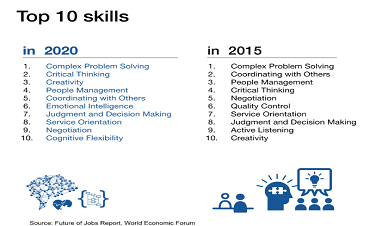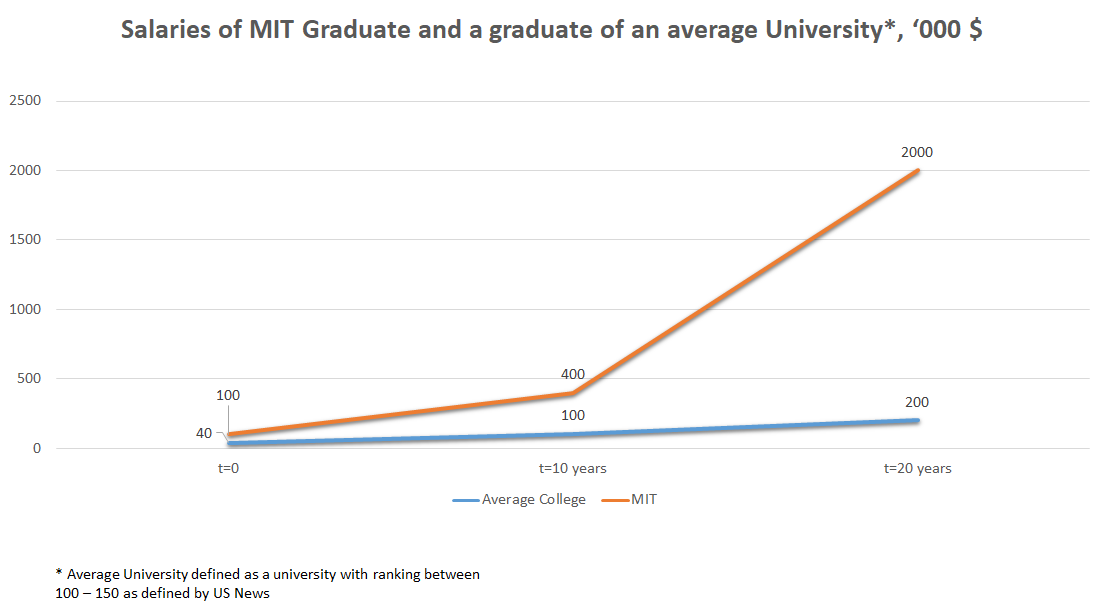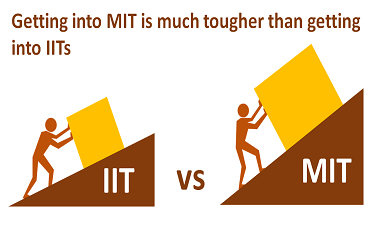Principles of Education Design
- Written by UnivAdmitHelp
- Category: Mentoring
- Published on 12 May 2020
How to identify your speciality
From managing sales for MNC’s to a stint in consulting, from strategy to working in EdTech, from IT to logistics, and then into EdTech: in our journey of work experience, my partner and I have seen many twists and turns. Our paths were not linear, but our education definitely was: first engineering, followed by management. While this gave us a strong foundation, clearly it was not enough to achieve a sense of fulfilment. We attempted many different equations before we could arrive at the x factor!
How can you identify your own x factor?
Most often, a linear education system will label a learner for the rest of his learning journey as well as his professional life. While one field might be your area of expertise, the fact that you have to uproot your entire learning journey in order to explore another dimension is an impediment to the discovery of your x factor, your speciality, a sense of fulfilment, or call it what you will.
And so we set about developing a non linear educational model which can provide a flexible and open base to the learner while relying on cutting edge technological developments. As opposed to a traditional education system that relies on making existing information more attractive and easy-to-learn but with little respect for the flexibility, the open base of this educational model can be evaluated on the basis of the following tenets:
- Power to the User – Today, we live in an era of abundance. The Covid-19 pandemic has shown us that using videoconferencing and other tools allow us to seamlessly overcome space and access constraints. Users can apply this skill, that everyone is now comfortable with, to maximise their own learning. It is only a matter of time before learners can begin to choose and design their own curriculum by using the best-in-class teachers for each of their own subjects. However, it is unfair to expect that most people would know what they want from the very beginning. It is also unfair to label oneself or narrow our learning down to a certain path only because we are “the science type” or “the arty variety”. The flexibility that this online connectivity offers creates an opportunity for exploration without much compulsion to commit from day one. you can choose to expose yourself to all kinds of learning including sciences, arts, psychology, machine learning, whatever suits your interests. In an environment which was beginning to strain at its limits, this is a welcome expansion of resources.
- Goal Friendly – An education system has to be able to identify very clearly what career goal it can help in furthering. For someone who might have multiple careers in a lifespan and might need to learn, unlearn, and relearn quickly, a viable system would need to have clear articulation of career goals that it could help fulfill. The end-goal of most education is a career. If the system of education is not aligned towards providing such a tangible benefit, it would be difficult for any user to be able to really rely on it in any meaningful manner in the long run.
- On Demand – As we have learnt, and homeschoolers have always known, education should be available on demand. A flexible, open-base education system should leverage technology and be available to the user as per their need and convenience. While some parts like live tutoring would still need coordination, a large part of the learning could be done in a self-paced manner.
- Peace of Mind – Usually no user of a system of education acts in isolation. The involved learner comes with a complete ecosystem with its own stakeholders: the user, family, friends, and prospective employers. Great brands (including educational institutes) provide peace of mind to each of these stakeholders by making a promise of quality. So must an independent system too strive, to make a promise of quality and responsibility.
- Milestones – It is important that any system that helps in learning has milestones to give the user a sense of achievement and to keep him/her engaged. Evaluation is a way to figure out where you are in the system, to ascertain whether you are moving forward or backward. Without milestones, which are like a self-help-evaluation system, the learning journey is like driving on a dark highway with no knowledge of where we are headed, and how far we have come. Or even, if we are travelling in the right direction.
- Shared Learning – In an era of abundance, sharing enhances resources, rather than diminishing them. Therefore, the system needs to have the ability to capture and share experiences and learning paths of users to help future generations of users. By opening the doors to our learning process, we can allow others to learn from our mistakes, as we may be able to learn from theirs, thus avoiding the re-invention of the wheel. A good system is like a Pay-It-Forward part of a larger learning community.
These principles can be applied to any system. Here we are talking about a non-linear education system with a flexible and open approach to learning. By using these tenets of measurement, a learner can ascertain if a specific course, or institute, or path, is right for him/her in the moment. Any system that captures these tenets would help the user develop curiosity and stay engaged for a longer period than the existing traditional education methods, while offering the user an environment that he really needs in order to experience non-linear learning.
--
Further Reading
Multidisciplinary Learning to Broaden Your Mindspace
Recent Posts
-
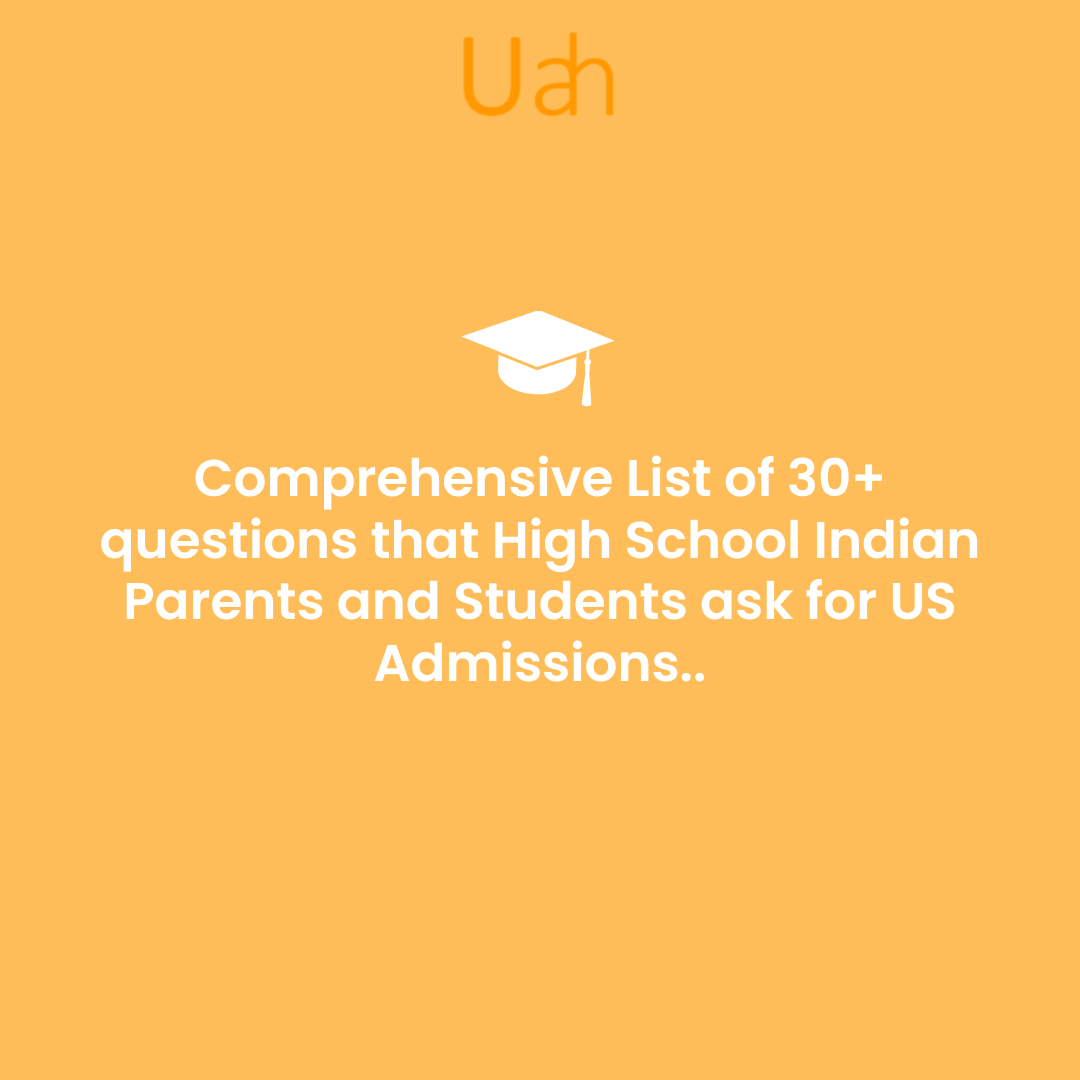
Comprehensive List of 30+ questions that High School Indian Parents and Students ask for US Admissions..
-
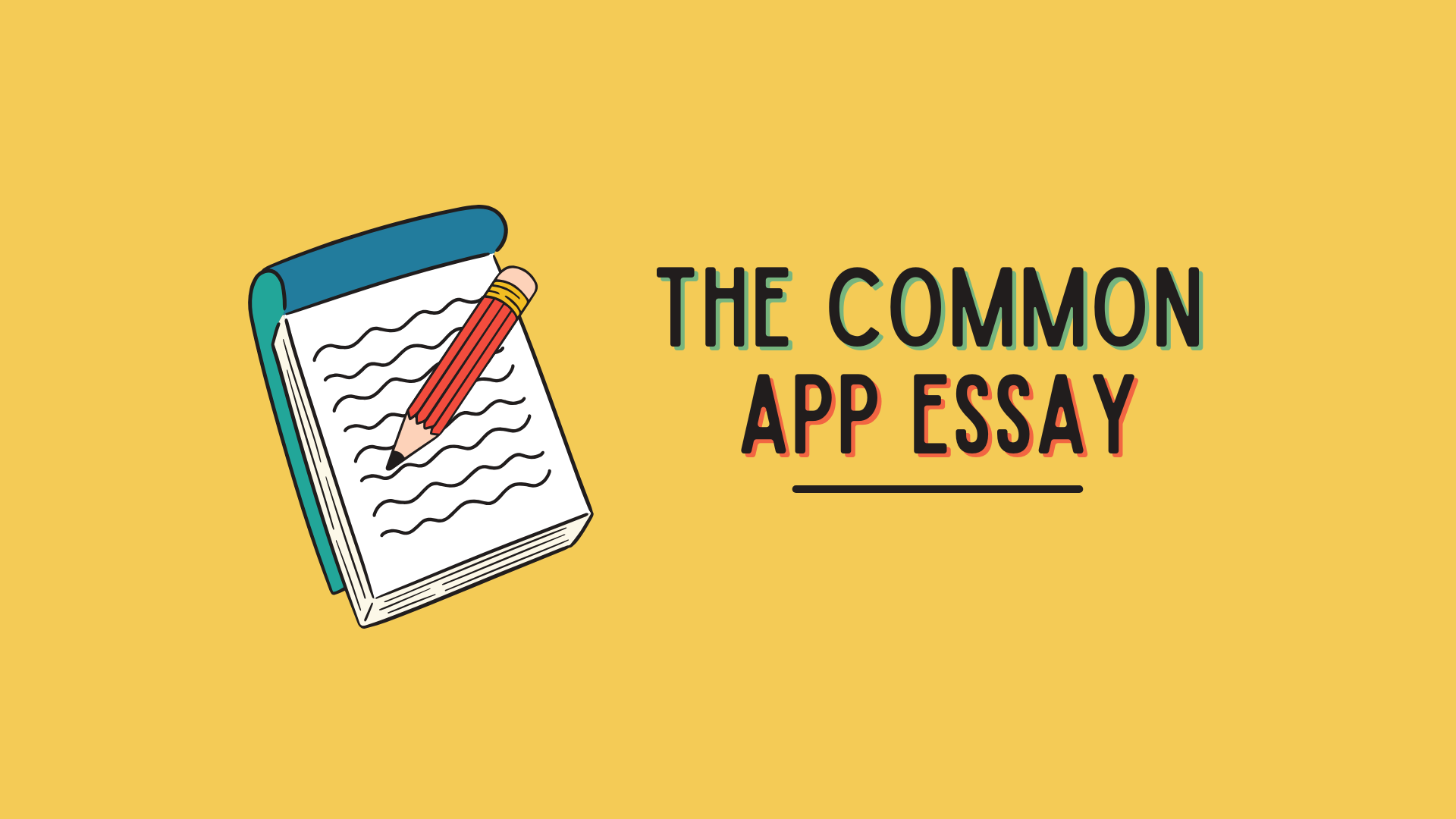
Common App Essay Tips 2025
-
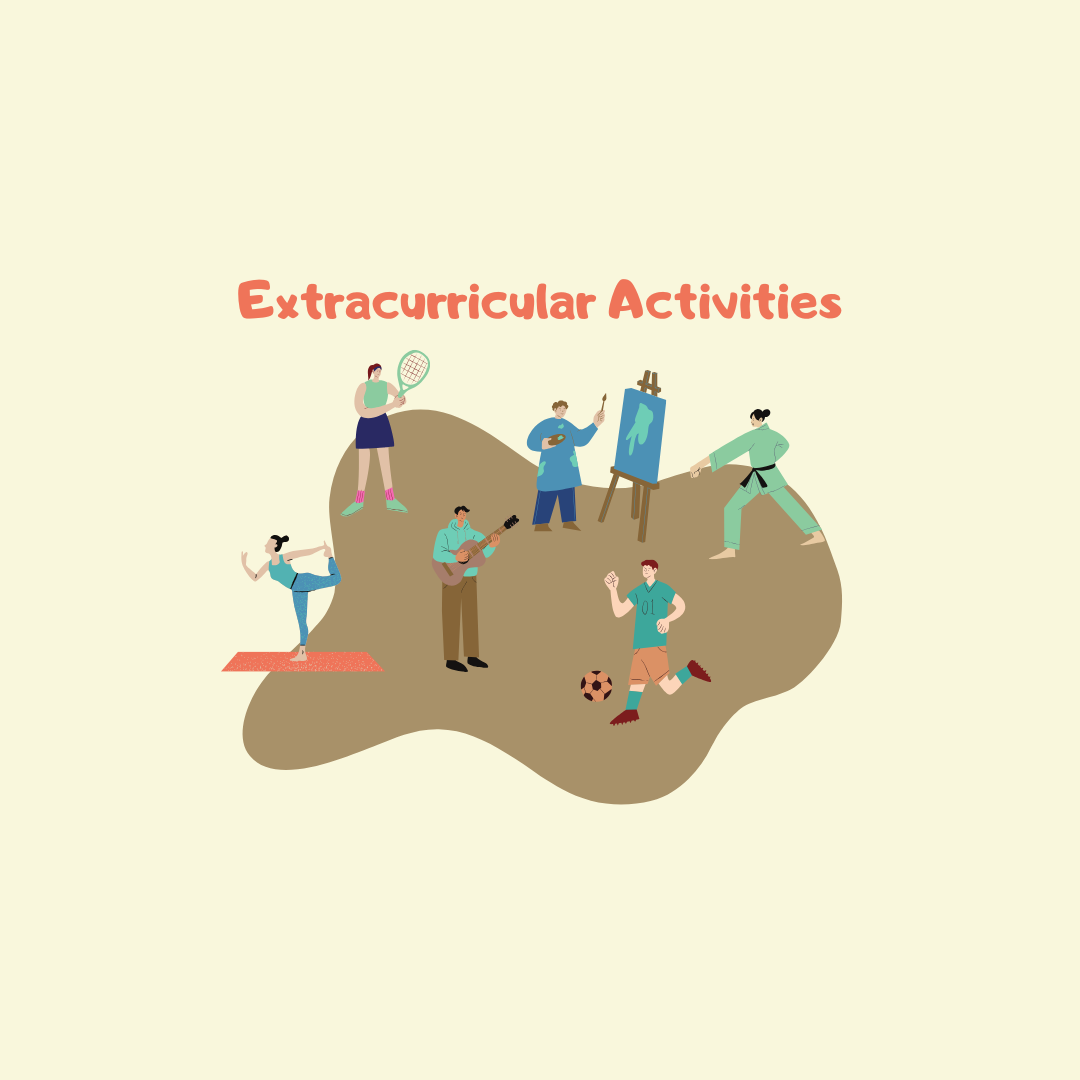
Best extra-curricular activities for college admission for Indian students
-
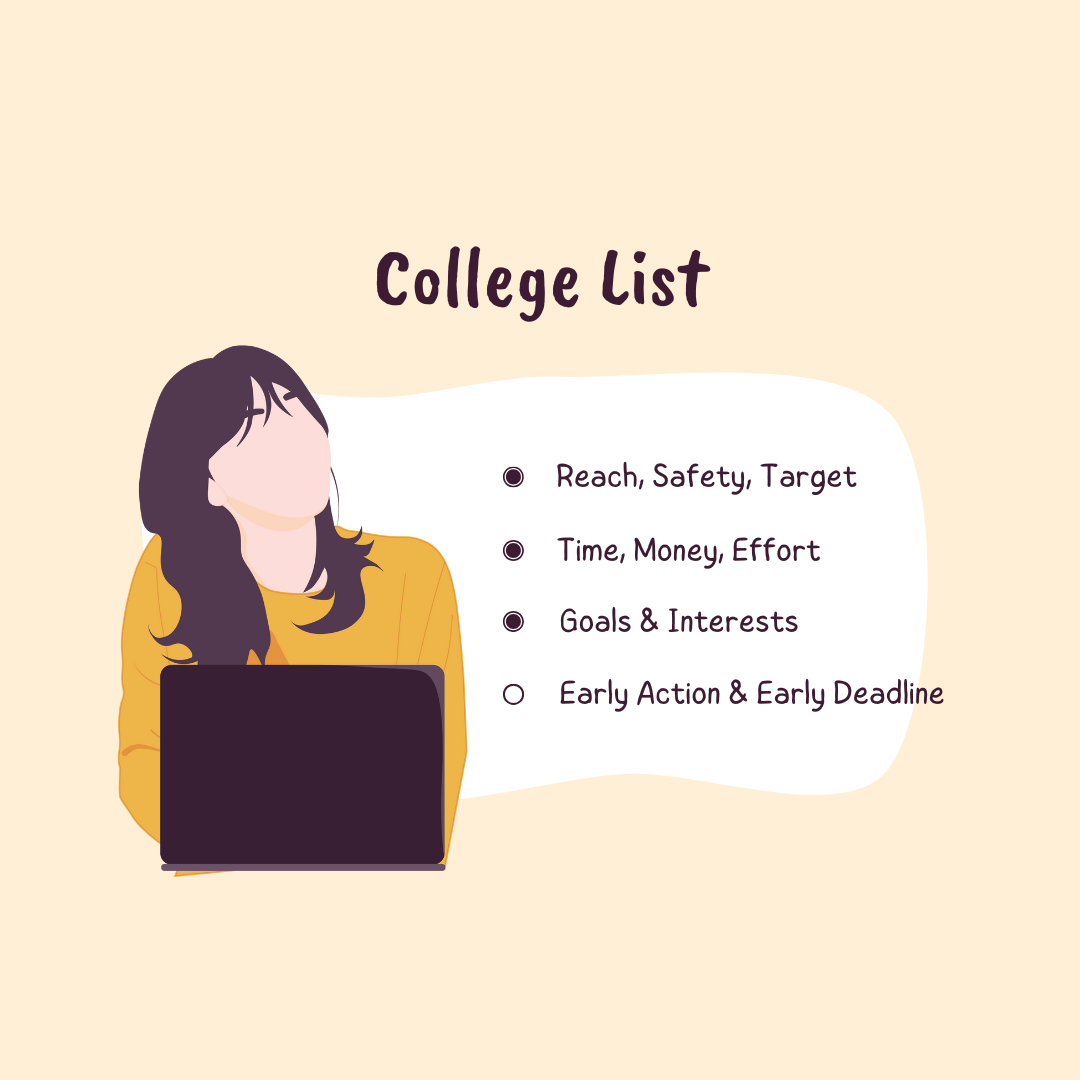
How Many Universities Should You Apply To? Expert Tips for U.S. and U.K. Admissions for Indian Students
-

Step-by-Step Guide to Creating an Exceptional Capstone Project for Indian Students


